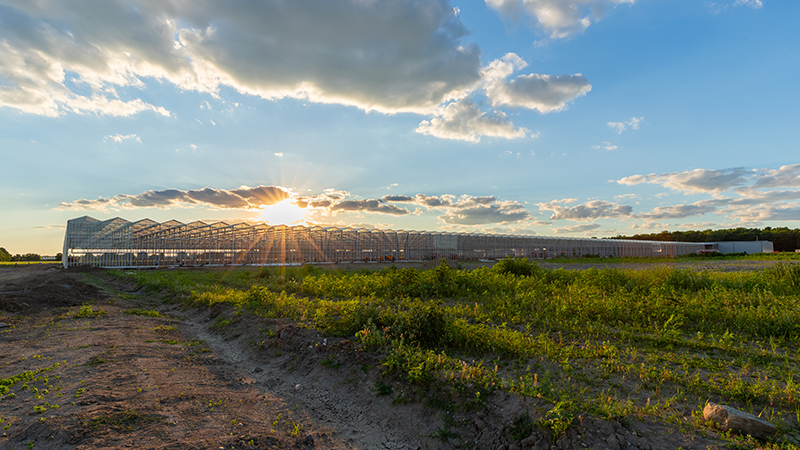Anatomy Of How A Garden Retail Business Deal Is Made
 Summerwinds Nursery’s Brian Hjelmstad, vice president of buying and merchandise, brings a level of negotiation to the green industry normally seen only at the mass merchant level.
Summerwinds Nursery’s Brian Hjelmstad, vice president of buying and merchandise, brings a level of negotiation to the green industry normally seen only at the mass merchant level.
To say he plays hardball when he brings in key vendors before the season starts to review pricing and marketing, is going too far. That implies a combative relationship where only one can win.
“Try to understand what we are trying to do,” Hjelmstad says. “We’re trying to get to the end user who is drifting away from the independent. [Growers are] dealing with the growing part, and if I need a special price on a product to be attractive, to draw attention, they need to follow up. It doesn’t hurt to ask, but those who participate benefit more than those who draw a line in the sand.”
Know Why Prices Need To Increase
At a time when most growers acknowledge prices are too low, Hjelmstad pushes back some and asks growers to explain their prices.
He does his homework first with exhaustive research — finding out if peat moss is available, coordinating transportation and contacting chemical companies to ask about price increases, inquiring about labor and considering any other outside influence that can have an impact on a grower’s costs.
He has a very good idea of when a grower will ask for a price increase. And if a grower asks for an increase that he doesn’t anticipate, he puts his cards on the table and asks them to do the same.
“I try to be open and honest with them and fair. It’s give and take. We have our own trucks; we have insurance. Our rent goes up, the water, lights, all the pressures you have, we have. We sit there and negotiate that and come up with an equitable solution. Sometimes they get everything they want; sometimes they don’t,” Hjelmstad says.
The ultimate goal is not to eliminate price increases, but to arrive at a price that allows SummerWinds to remain attractive to customers even as growers get a fair price for their products.
Find Ways To Advertise Together
If the first phase of these pre-season meetings is designed to calculate SummerWinds’ prices for the following year, phase two is designed to flesh out the store’s advertising campaigns.
“Most of our green goods guys will go outside the norm and come up with creative ways to market some of their items in the marketplace,” he says.
Monrovia’s Vice President Of Sales David Kirby has been on the other side of the table from Hjelmstad. He says he finds pre-season meetings like these to be a valuable tool.
“It’s a little different,” Kirby says. “We don’t negotiate price, we spend our pre-season meetings covering all aspects of our partnership.”
Kirby says Monrovia previews its featured plants and shares what’s getting marketing support and in-store merchandising.
During the meetings, Hjelmstad lays out the marketing plans for the following year, including holidays and the spring push. Once he knows the grower or supplier is on board, he and the vendors have a good idea of how much product is needed and when.
Like Monrovia, most vendors find these meetings beneficial, Hjelmstad says.
“The people who are on board really look forward to the meeting. They can walk away knowing our plan, knowing it’s going to be more profitable to grow a particular crop, and to take another variety or species out,” he says.
Kirby says he sees other benefits, as well.
“What we get out of these meetings is a chance to know our customers’ strategic initiatives. That way we have a better idea of what the retail market is doing,” he says.
Hjelmstad says he would like to see more independents negotiate the way he does. He says he thinks it would be good for the entire industry.
“We’ve been around long enough, we’re not just trying to take money from the growers,” Hjelmstad says. “In a lot of the relationships, we’ve known growers for two or three generations. You have to have those relationships.”









